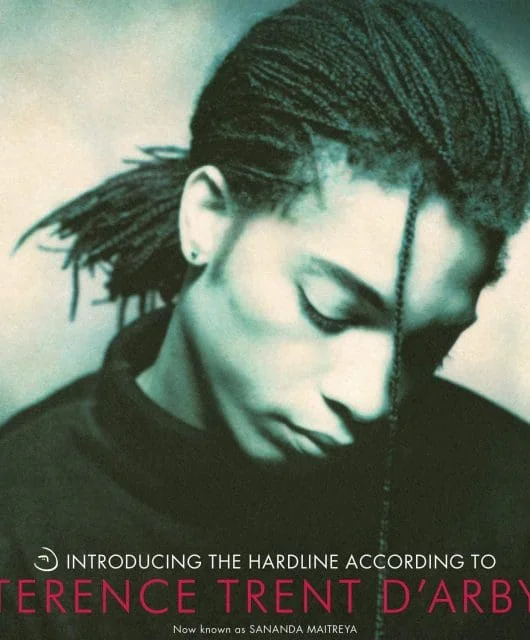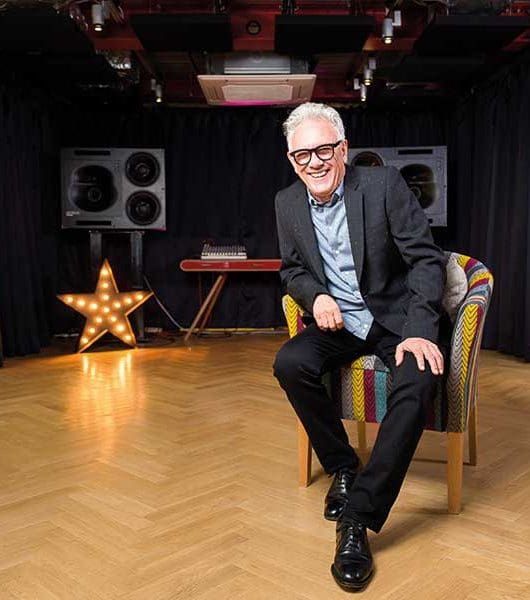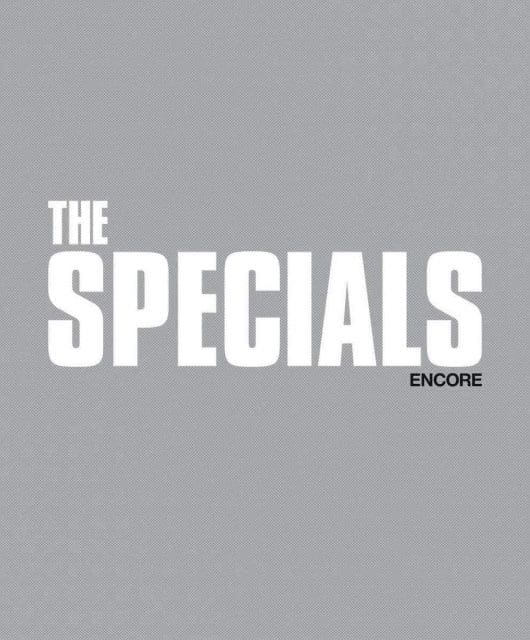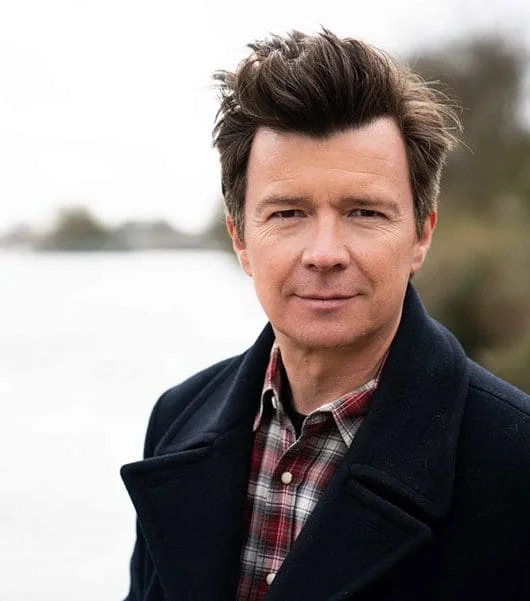Madonna: The Second Coming
By Mark Lindores | January 28, 2021
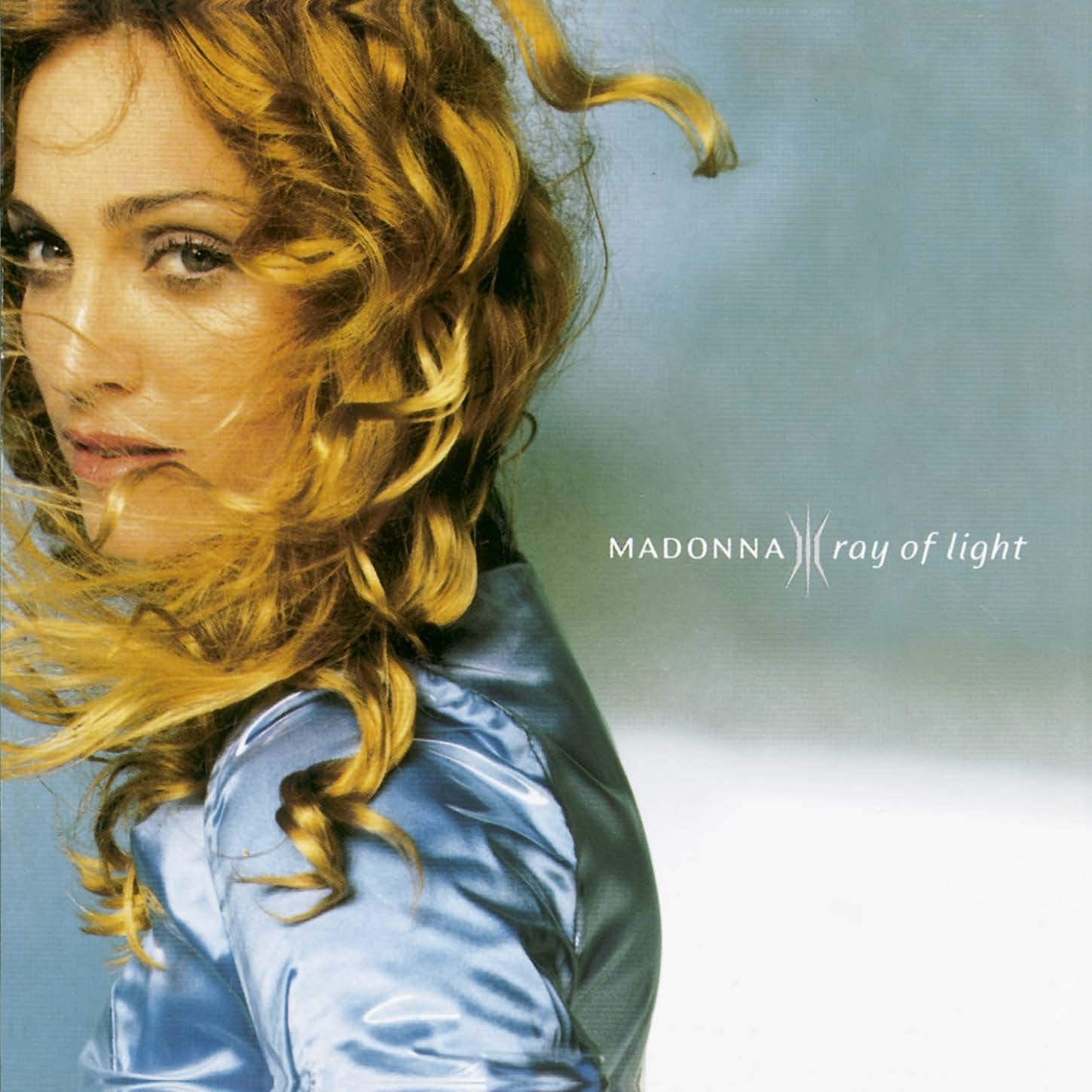 Channelling spirituality and state-of-the-art electronica, Madonna laid herself bare emotionally, eschewed the headline-grabbing antics of her past and pulled off the mother of all comebacks with her mystical masterpiece from 1998, Ray Of Light…
Channelling spirituality and state-of-the-art electronica, Madonna laid herself bare emotionally, eschewed the headline-grabbing antics of her past and pulled off the mother of all comebacks with her mystical masterpiece from 1998, Ray Of Light…
When Madonna announced the imminent release of her seventh studio album at the beginning of 1998, it was met with a curious mixture of anticipation and trepidation as to what the pop superstar would come up with given the series of changes, both personal and professional, she had undergone since Bedtime Stories in 1994.
The strident sexual crusader, whose every song and video was as prominent in the headlines as it was in the charts, had been displaced with mawkish MOR balladry and a Lloyd Webber musical.
The fact that Madonna was a first-time mother and approaching her 40th birthday did little to ease the concerns of even the most ardent of her acolytes, none of whom could even dare to imagine the techno tour-de-force she was about to deliver.
Since the birth of her daughter in October 1996 and her obligatory promo duties for her award-winning role in Evita, Madonna had kept a low profile for the majority of 1997.
Alongside producer William Orbit and programmer Marius de Vries, the singer was holed up in California’s Larrabee Studios, where she worked around the clock ensconced in a world of techno wizardry.
Work had begun in January when, in a serious quandary as to what her next creative statement would be, Madonna went into the studio with a number of writers and producers including Kenneth ‘Babyface’ Edmonds, Rick Nowels and Patrick Leonard to determine the feel of the record.
While Warner Brothers favoured Madonna continuing with the R&B sound predominant on her Bedtime Stories album (which had given her one of her biggest ever US hits with Take A Bow), she was leaning towards the sound of other cuts from that record – Sanctuary, the Björk-penned Bedtime Story and her 1995 Massive Attack collaboration I Want You, which featured on the Marvin Gaye tribute album Inner City Blues: The Music of Marvin Gaye.
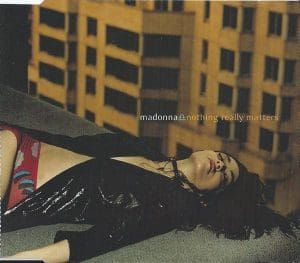
“I decided that I just wanted to make a record that I wanted to listen to,” Madonna told MTV.
“I’ve always been interested in electronica, techno, trip-hop, that kind of music. The thing that bothered me about a lot of that music was it seemed devoid of emotion. There wasn’t a lot that felt personal.
“So I wanted to take my feelings and marry them to something that is traditionally not considered very emotional. The only way to get that sound is to work with the people that made them.”
Out of this world
After Tricky, Goldie and The Prodigy (who were signed to her Maverick label in the US) had all turned down offers to work with her, Madonna contacted William Orbit, whose Strange Cargo records had been big favourites of hers.
Orbit had been on Madonna’s radar since his Bassomatic days and had remixed Justify My Love, Erotica and I’ll Remember for her.
“When I first called him, I was basically fishing for information,” Madonna explained. “I asked him to send me some DATs or tapes of stuff he’d been working on just to see where his head was at. When I heard his stuff, I just flipped over it and said: ‘Oh my God, I have to work with this guy, now!’”
After touching down in Los Angeles with an initial plan to work on a couple of songs, the pair clicked immediately and, hearing the sound she had in her head realised, Madonna felt they had a creative kinship.
“We started writing together straight away and wrote Drowned World in one day,” she said.
“After we had written about five songs together, I said: ‘Look, I really like the sound of this – this is what I want my album to sound like and this is the person I want to work on it with’.”
- Read more: Madonna’s Truth Or Dare
Although most of the songs were written almost instantly, with Madonna and Orbit’s partnership proving incredibly prolific, she initially struggled to adapt to Orbit’s way of working. He liked to give songs a gestation period and building them a layer at a time, while Madonna was used to working more succinctly.
“Oftentimes the creative process was frustrating because I wasn’t used to it and it took a lot longer than usual to make this record,” she said.
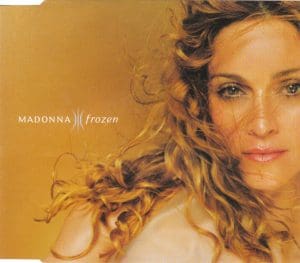 “But I came to realise that I needed that time to get where I was going. I let William play mad professor. He comes from a very experimental, cutting-edge sort of place – but I knew that’s where I wanted to go, so I took a lot more risks.”
“But I came to realise that I needed that time to get where I was going. I let William play mad professor. He comes from a very experimental, cutting-edge sort of place – but I knew that’s where I wanted to go, so I took a lot more risks.”
Aside from the technological advances in the studio, Madonna stretched herself more vocally, having broadened her range significantly with the intense vocal training she underwent for Evita.
Almost a decade after discovering that her best lyrics came when she drew on personal issues, as on her Like A Prayer album, Madonna’s lyrics were more introspective than ever.
Having taken a voyage of self-discovery, she felt inclined to share her findings, feeling that her discoveries were universal.
Self-realisation, spirituality, redemption, grief, self-awareness, loss, unconditional love, healing and hope were all covered.
“I suppose the beginning of my search, my spiritual journey, my awakening, started with the impending birth of my daughter,” she said.
“I started asking myself every elementary question that you can think of – I started studying Kabbalah, I started practising yoga, and reading all different kinds of literature. It all happened at once and I don’t think it happened
by accident. The teachers arrived because the student was ready.”
Perhaps more so than anywhere else on Ray Of Light, opener Drowned World/Substitute For Love exemplified how radically Madonna had changed.
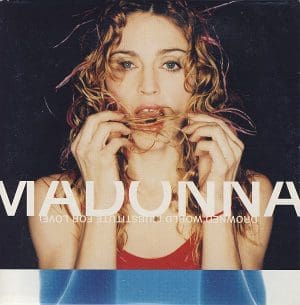 The woman who had facetiously proclaimed in 1991’s In Bed With Madonna that: “People think that being a star is about being fabulous, being in the spotlight, having your picture taken all the time and having people worship and adore you, being rich, rich, rich – having it all… And they’re absolutely right,” now opened her album with: “I traded fame for love without a second thought/ It all became a silly game, some things cannot be bought/ I got exactly what I asked for, wanted it so badly/ Running, rushing back for more, I suffered fools so gladly/ And now I find I’ve changed my mind…”
The woman who had facetiously proclaimed in 1991’s In Bed With Madonna that: “People think that being a star is about being fabulous, being in the spotlight, having your picture taken all the time and having people worship and adore you, being rich, rich, rich – having it all… And they’re absolutely right,” now opened her album with: “I traded fame for love without a second thought/ It all became a silly game, some things cannot be bought/ I got exactly what I asked for, wanted it so badly/ Running, rushing back for more, I suffered fools so gladly/ And now I find I’ve changed my mind…”
She goes on to detail the emptiness of fame and its ability to enforce inadequacy or loneliness.
“That song is about fame, but it also applies to other substitutions for love – whether that’s drugs, sex, co-dependent relationships, food, shoes, jewellery, whatever,” Madonna said.
“Fame can be a substitute for love for a lot of people and that need for approval, but that’s not what fame does at all, and the song deals with that.”
As well as being inspired in the studio by the innovative electronic textures that Orbit was coming up with, Madonna had also salvaged some of the songs she had written earlier with Rick Nowels and Patrick Leonard and adapted those to fit the album’s eventual aesthetic.
“Every song was different,” Madonna explained to Spin magazine. “Often William had given me tapes of snippets he was working on, eight-bar phrases, 16-bar phrases, stripped-down versions of what you hear on the record. And I’d listen to them over and over and it would just inspire lyrics.
“I’d start writing a little bit and then I’d go back to William. As we’d expand on this music, I’d expand on the lyrics. That was true for almost everything except for the album’s last track, Mer Girl. I decided I would write a song to the music as given to me, and I did it in one take.
- Read more: The videos of Madonna
“For Frozen, a song I wrote with Pat Leonard, I was obsessed with the movie The Sheltering Sky and the whole Moroccan/orchestral/super-romantic/man carrying the woman he loves across the desert vibe.
“So I told Pat that I wanted something with a tribal feel, something really lush and romantic. When he started playing some music, I just turned the DAT on and started free-associating and came up with the melody.”
Finding the creative process a cathartic experience, Madonna turned the vocal booth into a confessional booth, purging her feelings on everything from her recent break-up with Carlos Leon (father of her daughter Lola) on beautifully melancholic melodramas such as The Power Of Good-Bye and To Have And Not To Hold to her quest for spiritual enlightenment on the trance-like Sky Fits Heaven and Shanti/Ashtangi, a rumbling, beats-laden interpretation of a Sanskrit prayer.
Reportage reactions
Referencing the ills of society, such as school shootings and political unrest, Madonna was shattered during the recording of Swim when she received the devastating news that her close friend Gianni Versace had been murdered.
Madonna’s redemption song, Swim, cleanses her of some of her more controversial endeavours while imploring everyone else to repent for their own wrongdoing.

“I can’t carry these sins on my back, don’t wanna carry anymore/ I’m gonna carry this train off the track, I’m gonna swim to the ocean floor/ So that we can begin again, wash away all our sins, crash to the ocean floor,” she sang.
Inspired by William’s innovative soundscapes, water had emerged as a constant theme of the record.
When not praising its power to cleanse and heal in the lyrics, its presence persisted in a sonic capacity as electronic bubbles, beats and bleeps simmered throughout experimental tracks such as the gloriously psychedelic Candy Perfume Girl and pounding anthem Skin.
- Read more: Making Madonna’s Like A Prayer
Crediting her daughter for her newly ‘awake’ mental state, Little Star (described by Madonna in an MTV interview as: “my one super-sentimental song on the album”) and Nothing Really Matters are both paeans to the healing properties of parenthood, while Ray Of Light’s title track explored how significantly different her outlook on life was.
“I feel like I’ve grown so much in the past couple of years,” she said. “It’s been an incredible journey. It’s like a light just got turned on, which is one of the reasons I called the album Ray Of Light.”
Prior to working with Madonna, William had been in the studio with singer/songwriter Christine Leach working on a track called Sepheryn, a cover of a 1971 folk song by Dave Curtiss and Clive Maldoon.
He had included it on the initial DAT that he sent to Madonna of his recent work and Madonna had loved it instantly, choosing to rework the lyrics to personalise it to her current predicament, renaming it Ray Of Light.
The recording sessions had produced a wealth of material, leaving Madonna agonising over which songs to cut in order to keep the tracklisting down to 13 – a magical lucky number according to Kabbalah’s teachings.
At one point, some of the “more tripped-out, weird shit” was planned to be released as a remix package entitled Veronica Electronica (a pseudonym Madonna had adopted during the LP’s creation), while further tracks later surfaced elsewhere.
- Read more: Making Madonna’s Like A Virgin
A gloriously hazy track called Has To Be was relegated to B-side status on the Ray Of Light single (it was included as an album bonus track in Asia and Australia); cinematic ballad Time Stood Still (a hidden gem of Madonna’s discography) deserved much better than being buried on the soundtrack to her box office flop The Next Best Thing; and Be Careful With My Heart was later reworked and released as a duet with Ricky Martin on his self-titled album.
Madonna and Orbit completed work on Ray Of Light in November 1997, meeting their Christmas deadline. The singer shot the album cover with renowned fashion photographer Mario Testino, with whom she had worked on a Versace ad campaign and a Vanity Fair photoshoot.
As well as Vanity Fair, Madonna was featured on the covers of Elle, Q, Spin and NME, unveiling a softer, more natural image, with the untouchable, superhuman persona she had projected in the past discarded as effortlessly as the elaborate corsetry she had previously performed in.
The platinum blonde hair had been replaced with honey-blonde pre-Raphaelite waves and the gym-honed muscular body had softened into a lean, yoga-cultivated physique revealing a warmer, more approachable superstar.
Debuting her new look and sound at New York’s Roxy nightclub on Valentine’s Day 1998, she performed a three-song set in the environment for which it was intended, marking the return of pop’s queen to the dancefloor.
A short promo trip to Europe followed, including a stop at BBC’s Television Centre to perform Frozen on The National Lottery Show.
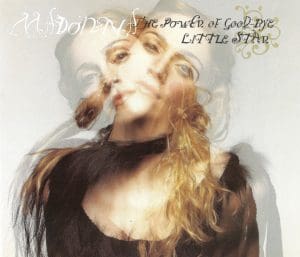
Wearing a voluminous dress by avant-garde Belgian designer Olivier Theyskens and covered in henna tattoos, Madonna’s striking performance sent the song straight to No.1 – her first in the UK since Vogue in 1990.
Ray Of Light was released worldwide on 3 March1998, to some of the best reviews of Madonna’s career, with critics universally praising her bold risk-taking, musical maturity and William Orbit’s innovative production.
Topping the charts around the world (it was forced to settle for No.2 in the US due to the unsinkable Titanic soundtrack), Ray Of Light spawned a string of further hits with the title track, Drowned World, The Power Of Good-Bye and Nothing Really Matters, going on to sell more than 16 million copies worldwide.
The following autumn saw a second round of promo take place coinciding with The Power Of Good-Bye’s release as a single with Madonna picking up a raft of awards including Grammys, MTV Awards (both in the US and Europe) and VH1/Vogue Fashion Awards.
Her stunning live performances at the ceremonies, coupled with Ray Of Light’s inclusion on almost every ‘Best Of 1998’ list pushed the album back up the charts, capping one of the most successful years of her career.
More than two decades on, Ray Of Light has withstood the test of time and remains a burning beacon in the star’s discography.
By daring to reveal herself emotionally, safe in the arms of Orbit’s electronic embrace, the Queen Of Pop’s higher state of consciousness resulted in an enduring body of work which was ethereal, aspirational and hugely influential.
The album made William Orbit the producer-du-jour for the likes of All Saints, U2 and Britney Spears and prepping the US for the oncoming onslaught of what would become EDM in years to come. Ray Of Light blazed a trail that continues to burn bright.


